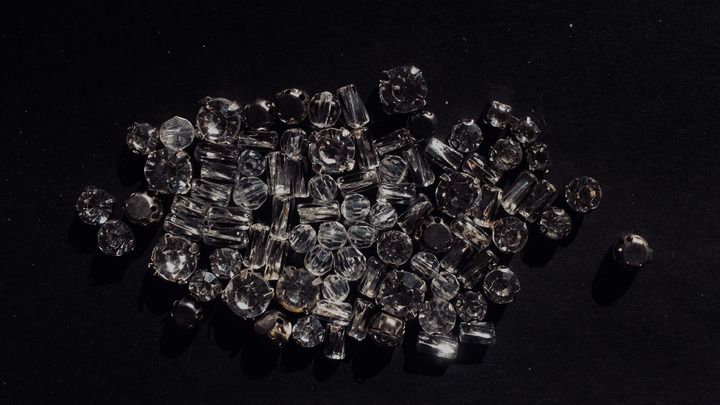
Diamonds have long been a symbol of luxury and glamour. However, in recent years, the popularity of lab-grown diamonds has been on the rise. While natural diamonds are formed over millions of years deep within the Earth's mantle, lab-grown diamonds are created in a matter of weeks in a controlled laboratory environment. In this article, we will explore the differences between lab-grown diamonds and natural diamonds and help you decide which one is right for you.
First, let's look at the cost of the two types of diamonds. Natural diamonds are extremely rare and expensive, with the price increasing significantly for larger stones or those with high levels of clarity and color. Lab-grown diamonds, on the other hand, are much more affordable, typically costing 20-30% less than natural diamonds of comparable size and quality. This makes them an attractive option for consumers looking for a high-quality diamond without breaking the bank.
Next, let's examine the quality of lab-grown diamonds compared to natural diamonds. While some may argue that natural diamonds are superior due to their rarity and unique characteristics, lab-grown diamonds are virtually indistinguishable from natural diamonds to the naked eye. In fact, even trained gemologists may struggle to tell the difference between the two without specialized equipment. Lab-grown diamonds are also free from the ethical concerns associated with natural diamonds, such as the exploitation of workers in diamond mines and the environmental impact of mining.
Another advantage of lab-grown diamonds is that they are often more consistent in terms of color and clarity than natural diamonds. This is because they are grown under controlled conditions, whereas natural diamonds are subject to a range of variables that can affect their appearance. Additionally, lab-grown diamonds are available in a wider range of colors than natural diamonds, which are typically limited to white, yellow, and brown.
However, there are some drawbacks to lab-grown diamonds that should be considered before making a purchase. For one, some people may view them as less valuable or romantic than natural diamonds, which have been prized for centuries. Additionally, while lab-grown diamonds may be more ethical than natural diamonds, there are still concerns about the environmental impact of producing them. Lab-grown diamonds require significant amounts of energy to produce, and the process can generate greenhouse gas emissions.
It is also worth noting that lab-grown diamonds are not the same as diamond simulants, such as cubic zirconia or moissanite. Diamond simulants may look similar to diamonds, but they are made from different materials and do not have the same physical or chemical properties. Lab-grown diamonds, on the other hand, are chemically and physically identical to natural diamonds, with the same hardness, density, and refractive index.
So, which type of diamond is right for you? Ultimately, the decision comes down to personal preference and priorities. If you value rarity and tradition, a natural diamond may be the best choice for you. However, if you are more concerned with cost, ethical considerations, or consistency of quality, a lab-grown diamond may be a better option. Regardless of which type of diamond you choose, it is important to purchase from a reputable retailer and to have the diamond certified by a third-party laboratory to ensure its quality and authenticity.
In conclusion, both lab-grown diamonds and natural diamonds have their own unique advantages and drawbacks. While natural diamonds are prized for their rarity and history, lab-grown diamonds offer a more affordable and ethical alternative without sacrificing quality or beauty. Ultimately, the decision of which type of diamond to purchase comes down to personal values and priorities.

